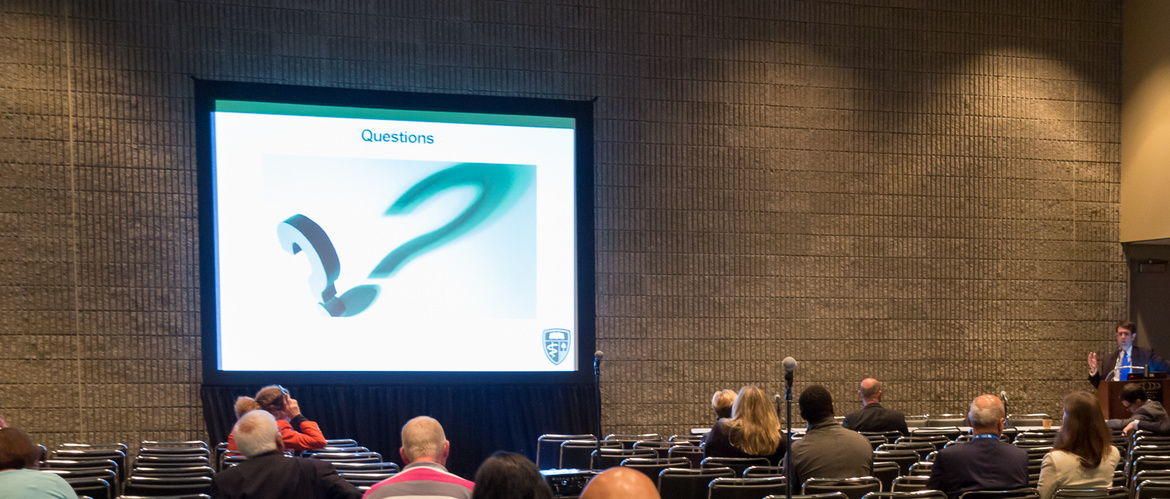
Choose a channel
Check out the different Progress in Mind content channels.

Progress in Mind

Why is substance use more prevalent in people with mental health issues and is there a connecting neurobiological basis? Themes touched upon in an APA symposium on dual disorders, which included a presentation suggesting we may need news of thinking about the mechanisms at play in patients with co-occurrent mental disorder and substance use disorder.
Two conditions or one? This was the question posed by Dr Ruben Baler of the Science Policy Branch of the National Institute on Drug Abuse (NIDA) during an APA symposium on dual disorders. Mental illness and substance abuse commonly occur together and the co-occurrence of these two diagnoses has been termed ‘dual disorders’.
According to Dr Baler, progress in defining and describing dual disorders has been slow, in part because of our standard ways of thinking about the neurobiology of mental disorders and substance abuse.
Dr Baler opined that perhaps there is a need to think of dual disorders less as two conditions together, and, more broadly, to consider if our focus on neuronal structures and neurochemistry is actually insufficient to understand and explain the neural dynamics at play in dual disorders.
He said that the linear thinking that addictive behaviour arises from a deficiency in dopamine reward centres and can be restored by correcting those deficiencies is too simplistic, reminding the audience of the myriad of feedback loops, controls and interconnections that add to the unpredictability of brain responses.
He suggested that there needs to be more research, for complex conditions like dual disorders, founded on concepts of ‘criticality’ – the ability of systems (in this case brain neural connectivity and networks) to function and operate in a manner which allows for abrupt adaptation and change.
Dr Baler said that this concept is based on the idea that the healthy brain operates and likes a loose synchronicity, where there neural activity can fluctuate, and switch rapidly, from its normal state to a more focussed – more quiescent– state for concentration and focus – or move in the other direction, just a rapidly, to a more excited and excitable state.
He suggested that oscillating alterations and aberrations to this normal criticality might be at the core of many brain disorders – psychiatric and neurological.
For example, he said that this concept might go some way to explaining why, for example, deep brain stimulation can be an effective treatment in Parkinson’s disease, and may even explain why mindfulness can effect changes in mood and behaviour.
Dr Baler also reminded delegates of another concept that could be borne in mind when trying to understand what goes wrong in situations such as dual disorder – the fact that many brain systems work with a ‘bow-tie’ architecture. He explained that often there is a core component or unit that is a highly efficient, yet rigid and often fragile, bottleneck (# think of the knot in the bow tie #) to information flowing in, and information flowing out, and through, neural connections. Dr Baler said that in mental disorders and in substance abuse, there may be common or shared changes in the bow-tie functioning.
His presentation gave food for thought on how new ways of thinking about brain function and neural connectivity might spawn new approaches to researching the links leading to dual disorders.
Our correspondent’s highlights from the symposium are meant as a fair representation of the scientific content presented. The views and opinions expressed on this page do not necessarily reflect those of Lundbeck.